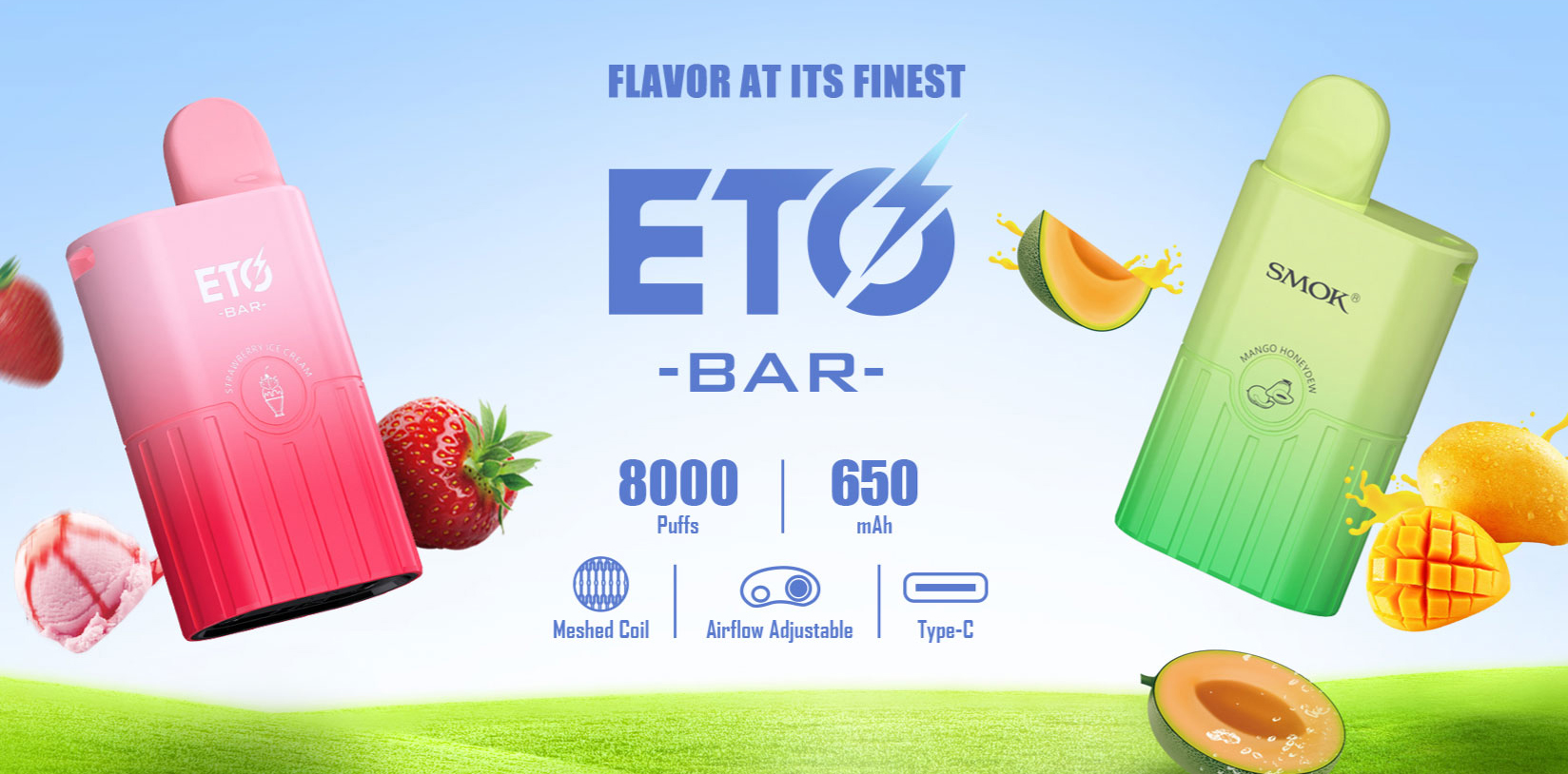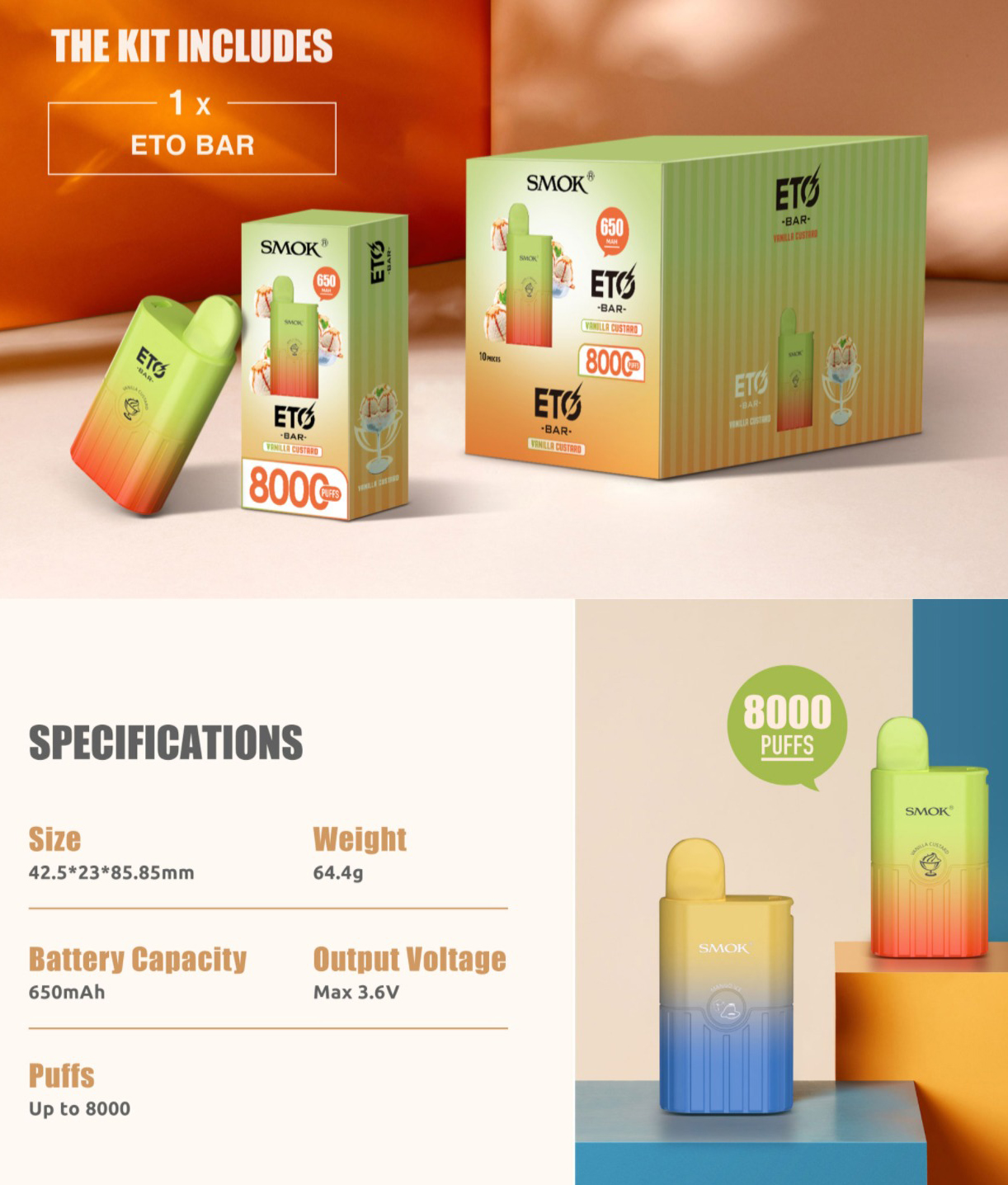2013-03-18 administrator Click: 1587 Porosity refers to the ratio of pore volume in a rock to its total volume. It indicates the ability of a formation to store fluids. Effective porosity is the percentage of pores within a rock that allow fluid to flow freely. Primary porosity is the proportion of primary pore space relative to the total formation volume. Secondary porosity represents the ratio of secondary pore volume to the total formation volume. Thermal neutron lifetime is the average time a thermal neutron exists from its creation until it is captured. Radionuclides are unstable atomic nuclei that undergo spontaneous decay, emitting radiation during the process. Formation density is defined as the mass per unit volume of a rock, typically measured in grams per cubic centimeter. Formation pressure refers to the pressure exerted by fluids (oil, gas, water) within the pores of a formation. This is also known as pore pressure. Abnormally high or low pressures can indicate specific geological conditions. Cement bond index measures the sound amplitude attenuation rate in a well section compared to a fully cemented section. Zhou Bo jump is a phenomenon where the acoustic time difference curve shows sudden and sharp changes in amplitude. An interface is the bonded surface between the casing and cement. The second interface refers to the bonded surface between the formation and cement. Sound wave time difference is the reciprocal of sound velocity, commonly used in logging for formation evaluation. Resistivity describes how strongly a material resists the flow of electric current. Oil and gas saturation (Sh) is the proportion of pore space occupied by hydrocarbons. Water saturation (Sw) is the proportion of pore space filled with water. The sum of Sh and Sw equals 1. Saturation concepts in logging include: - Hydrocarbon saturation in undisturbed formations: Sh = 1 - Sw - Flushing zone residual hydrocarbon saturation: Shr = 1 - Sxo - Movable oil saturation: Smo = Sxo - Sw or Smo = Sh - Shr - Tethered water saturation (Swi) and residual water saturation (Swr) are directly proportional. Mud content is the percentage of clay volume relative to the total formation volume. Salinity is the concentration of dissolved salts in a solution, expressed as the weight of solute per weight of solution. SP Curve Characteristics: - Mudstone baseline: Represents the natural potential in homogeneous, thick mudstone layers. - Maximum static natural potential (SSP): Occurs in pure sand layers fully saturated with water. - Scale: Used to measure natural potential differences between non-mudstone and mudstone. - Anomaly: Indicates permeability higher than the mudstone baseline. Negative anomaly occurs when drilling fluid is more saline than formation water; positive anomaly occurs when formation water is more saline. - Curve shape: Symmetrical around the midpoint of the formation, with amplitude depending on formation thickness and surrounding rock influence. SP Curve Applications: - Identifying permeable layers using negative or positive anomalies. - Estimating shale content. - Determining formation water resistivity. - Detecting water-flooded zones based on baseline shifts. Apparent Resistivity Curve Features: - Gradient electrode systems produce asymmetric curves, while potential electrode systems yield symmetric curves. - Factors affecting apparent resistivity include electrode system design, wellbore effects, surrounding rock, invasion, adjacent high-resistance layers, and formation dip. Apparent Resistivity Curve Uses: - Lithology identification. - Calculating true formation resistivity. - Applying Archie’s equation for porosity, water resistivity, and oil saturation. - Locating oil-bearing layers. - Analyzing different electrode systems to determine invasion characteristics and fluid properties. Deep and Shallow Double Lateral Curves (Rlld, Rlls): - Permeable layers show distinct differences between deep and shallow curves. - When Rlld > Rlls, it suggests low mud invasion (often oil layer), whereas Rlld < Rlls indicates high invasion (often water layer). - Non-permeable layers have coinciding curves. Dual Lateral Logging Applications: - Determining true formation resistivity. - Dividing lithology profiles. - Quickly identifying oil and water layers based on depth and shallow curve differences. Microelectrode System Logging Curve (Micro Gradient, Micro Potential) Applications: - Distinguishing permeable and non-permeable layers. - Identifying formation interfaces. - Estimating effective thickness of oil-bearing sandstones. - Detecting wellbore enlargement. - Measuring flushed zone resistivity (Rxo) and mud cake thickness (Hmc). Summary of Steps to Identify Oil and Water Layers: - Use microelectrode curves to distinguish permeable and non-permeable layers. - Analyze SP curves to understand Rmf and Rw relationships. - Evaluate deep and shallow lateral resistivity curves to determine invasion type. Sonic Time Difference Logging Curve Applications: - Detecting gas layers through cycle jumps and increased time differences. - Stratigraphic division. - Calculating porosity using sonic data. Sonic Amplitude Logging Applications: - Cement bonding logging (CBL) determines the quality of the casing-cement interface. - Acoustic variable density logging (VDL) identifies cement integrity and formation response. Natural Gamma Logging Curve Features: - Symmetry around the formation when surrounding rocks have similar radioactivity. - Higher radioactivity formations exhibit maximum values, increasing with formation thickness. Natural Gamma Curve Applications: - Lithology division. - Stratigraphic correlation without interference from formation water or mud. - Estimating shale content. - Depth calibration and midlogging adjustments. Density Logging Applications: - Primary use is determining formation porosity. - Identifying gas layers and lithology through overlap with neutron logs. - Using density-neutron intersection maps to determine lithology and porosity. Neutron Logging Compensation Applications: - Calculating formation porosity. - Identifying lithology via CNL vs FDC logs. - Overlapping density and neutron logs to detect gas layers. Neutron Gamma Logging Curve Applications: - Identifying gas layers with high count rates. - Differentiating oil and water layers based on salinity and gamma readings. Carbon-Oxygen Ratio Spectral Logging (C/O): - High C/O ratios suggest high oil saturation. - C/O values vary with mineral composition and porosity. C/O Curve Applications: - Determining oil saturation (So). - Identifying flooded layers by significant C/O value drops. Reservoir Classification: Based on lithology, reservoirs are classified into clastic, carbonate, and special lithology types. Permeable Layer Separation in Sandstone Sections: - Natural potential curves show anomalies relative to mudstone baseline. - Microelectrode curves differentiate permeable and non-permeable layers. - Well diameter curves reflect formation characteristics. Gas Layer Detection: - Overlapping acoustic time difference and neutron gamma curves help identify gas layers. - Compensated neutron and density logs can detect gas layers through staggered amplitudes. Mud: A fluid used during drilling to cool the bit, carry cuttings, and maintain pressure. Mud Filtrate: The portion of drilling mud that enters the formation under pressure. Formation Water: Water trapped within the pores of a rock formation. Solution Salinity: The concentration of salt in a solution, calculated as solute weight over solution weight. Ion Diffusion: Movement of ions from high to low concentration areas across a semi-permeable membrane. Rock Skeleton: The solid framework of a sedimentary rock, composed of mineral grains. Mud Invasion: The process by which drilling fluid invades porous formations, creating an invaded zone. Low invasion is typical of oil layers, while high invasion is common in water layers. Rock Elasticity Parameters: Include Young's modulus (E), Poisson's ratio, shear modulus, bulk modulus (K), and Lamé constants. Nuclide: A species of atom with a specific number of protons and neutrons in its nucleus. Stable and unstable nuclides exist. Half-Life: The time required for half of a radioactive sample to decay. It reflects the stability of a radionuclide. Role of Gamma Rays with Matter: Includes photoelectric effect, Compton scattering, and pair production. These interactions are crucial in logging applications. Electrode System Detection Depth: Defined as the radius at which 50% of the medium contributes to the measurement. Natural Radioactive Elements in Rocks: Vary by lithology and formation conditions. Higher GR values indicate stronger radioactivity. Radioisotope Logging Applications: Locate leaks, assess sealing effectiveness, check fracturing, and determine water absorption profiles. Neutron-Matter Interactions: Include inelastic scattering, activation, elastic scattering, and thermal neutron capture. These processes are essential in logging.
MOK ETO BAR Disposable features a prefilled e-juice , which pleases most heavy vapers or MTL chasers for a craving. Powered by a rechargeable 650mAh battery, ETO BAR gives long-lasting 8000 puffs via a Type-C port. It is lightweight, the box shape makes it feel natural to hold, and the adjustable slider boasts personalized vaping. Equipped with an integrated mesh coil, it has no issue with performance.
Disposable Vape, E cigarrates, pod vape Shenzhen Yingyuan Technology Co.,ltd , https://www.yingyuanvape.com Rock Porosity


